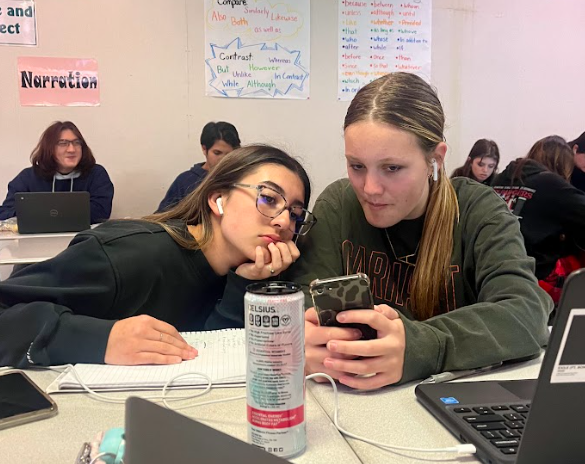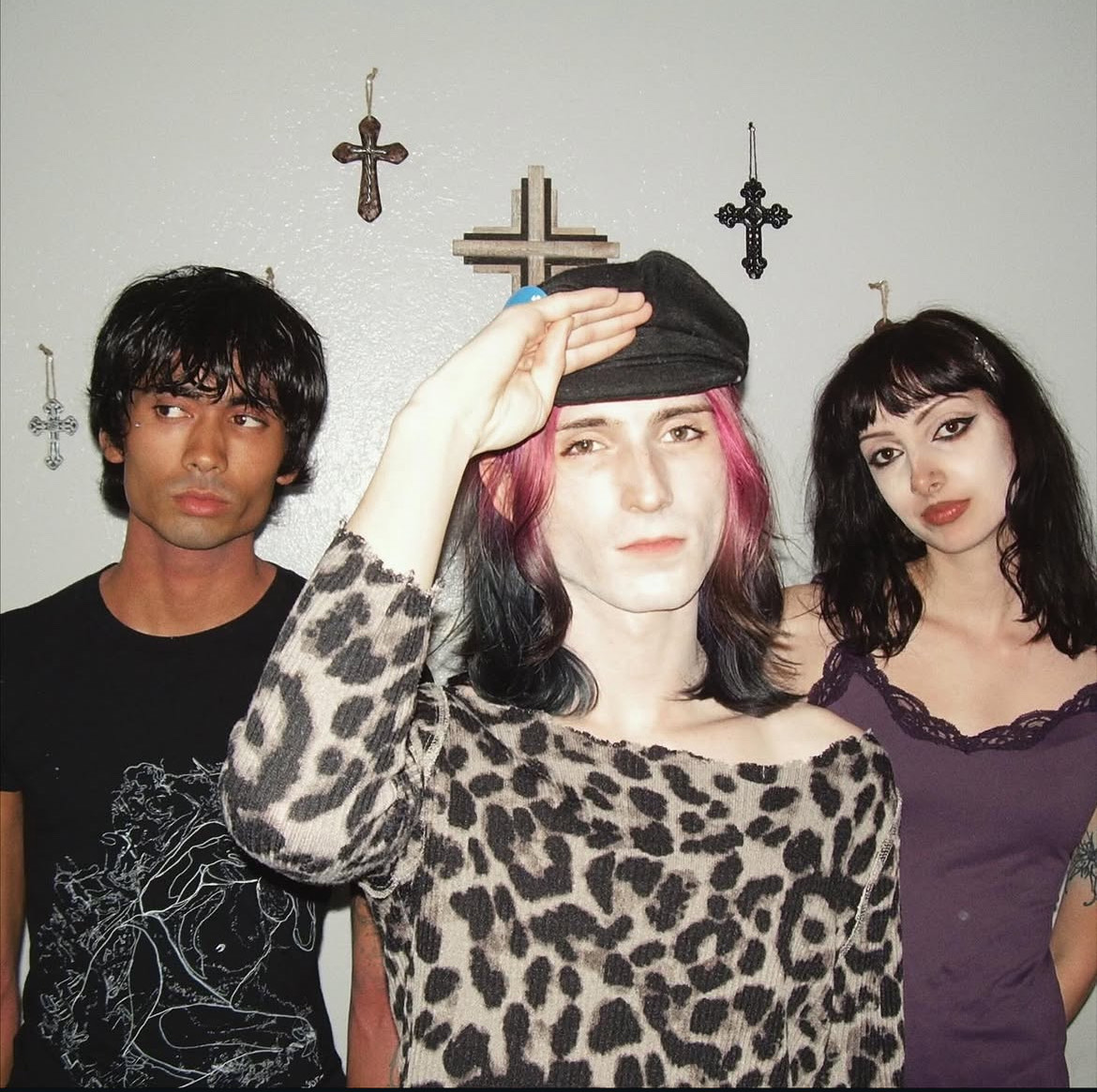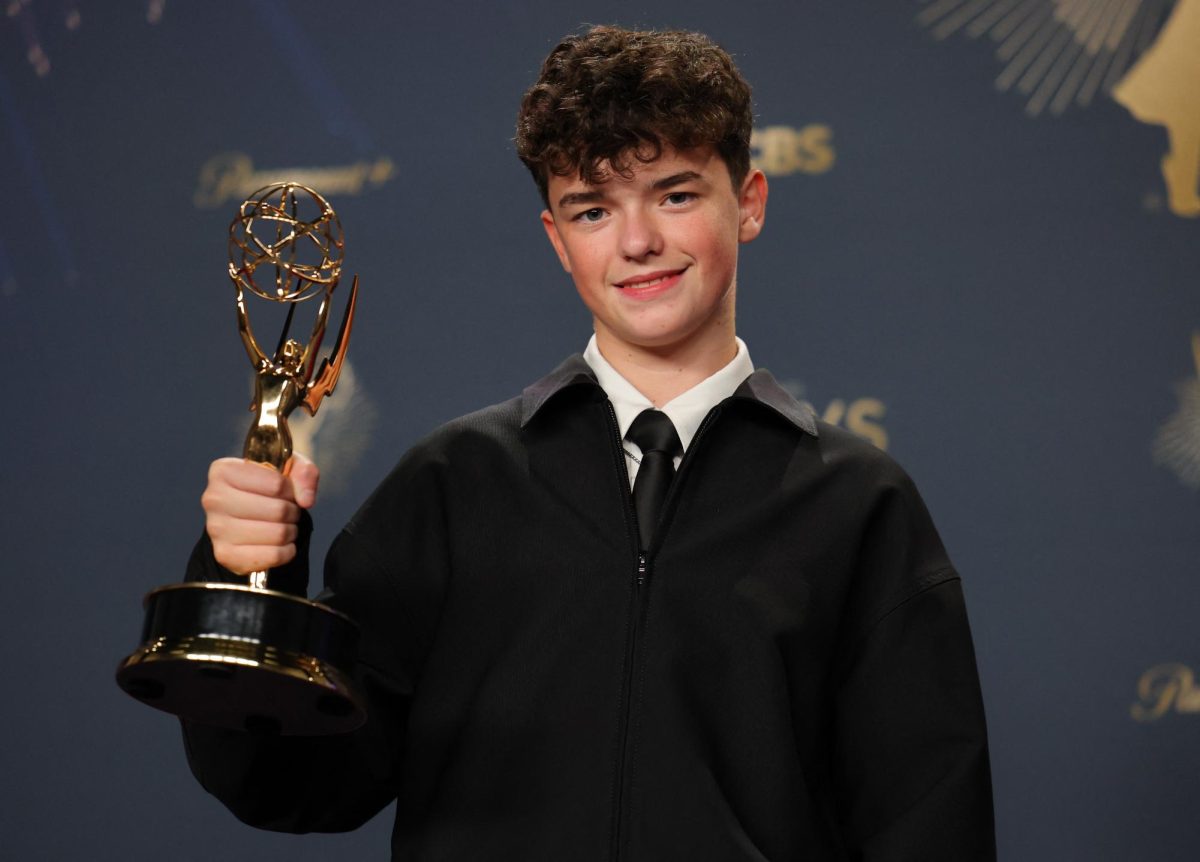With young people being in the social media sphere starting at about 12 years old and having access to the internet from, on average, eight years old, it is inevitable that this generation will be constantly changing the way people post and consume media.
Here is a look at how Gen Z is tired of the performative media that they have grown up with and how they’re embracing platforms designed for community, rather than likes and followers.
The first target has been around for a while, and has continuously adapted with the times to stay relevant: Instagram. Not surprisingly, as said in a Business Insider survey, out of 1,884 Americans between the ages of 13 and 21, 64.59% checked Instagram every single day.
Late 2010s Instagram was characterized by overly bright and obviously posed photos of people in their best outfits. Everything was curated, and while the majority of Instagram still is, it’s able to hide under the guise of being aesthetically pleasing.
However, this is slowly being combated by the presence of personal “spam” accounts, which have substantially increased in popularity among people 25 and younger.
These accounts are secondary to a person’s “main” Instagram account, where the photos are polished and showcase the best parts of their lives. On spam accounts, only a person’s closest friends are allowed to follow it and the posts are raw, unedited, and often contain humorous content.
This takes form in silly pictures, out-of-context videos, screenshots of memes, funny messages, and more. In general, it is a place for teens to express themselves to friends without the pressure to portray themselves in a certain way for all their followers.
“I feel like a more authentic version of myself,” the creator of a new personal spam account, Brianna Nusom, said. “It’s more avant-garde content.”
The photo style has also dramatically changed in recent years. While highly edited photos were seen as desirable, now candid and even blurry photos are deemed “aesthetic.” This can be attributed to this generation’s desire to see their peers in an authentic way. They are so used to seeing influencers and celebrities curating their image in the public eye that they just want their friends to still feel human.
Enter BeReal: the app that kick-started in 2020 has people posting a photo when a notification alerts users at a random time of the day. The photo is then taken from their back and selfie camera, encouraging users to show a glimpse into what they are doing in that moment. It also takes away some of the pressure to accept just anyone’s friend request, with the pitch that the app will not make people famous.
This app does not allow editing or filters, and discourages retaking your photo because the number of retakes is public for friends to see. It also does not allow users to see their friends’ posts until they post something themselves. The popularity of BeReal has subsided since its initial release, yet, is still relevant.
As the popularity of the app subsided most users do not post on time anymore which can be seen as not “being real” in the way the creators intended. However, the other features of the app still ensure a level of authenticity and a sense of being in the “in group,” two qualities that Gen Z has come to value in social media apps.
“Instagram is too open and too public, [while] BeReal is more [for] friends,” BeReal user Ashlyn Leighton said. “You could literally be doing anything … you don’t have time to stage it.”
Lastly, the newest version of Lapse, a disposable camera app, launched in June of 2023 and continues to gain popularity.
This app is similar to BeReal in that it does not exist to make celebrities. Users only add people they know personally, posts cannot be edited further, and there is a delayed satisfaction of seeing photos.
When you snap a picture it stays in the “darkroom” for 1-3 hours until they are done “developing.” Delaying the time in which users can see their snapped photos keeps people at the moment, not being distracted by how they look or being concerned with what they should post.
After photos are developed users choose which they post and which they archive. Both are saved and make up a new camera roll of photos with a vintage feel to them, and they are only edited for brighter lighting and higher grain which makes them seem nostalgic.
Teens are drawn to trends from the past, becoming revamped in a new way. Disposable cameras themselves were popular in the ‘80s and ‘90s, a time that teens definitely romanticized. They have grown up seeing their parents’ lives in pictures and teens want that for themselves; a record of memories that they can look back on and remember their youth.
BeReal and Lapse are not apps that people scroll on for long periods of time. The popularity of them could be the start of Gen Z combating the norm of extremely long screen times. However, the looming presence of TikTok and Instagram reels would be hard to leave behind.
Overall, the social media landscape has gotten much more casual with this generation and it all points to Gen Z being fed up with being fake. In reality, they roll their eyes at the staged and edited photos they are bombarded with and opt for elements of authenticity on their personal pages.









